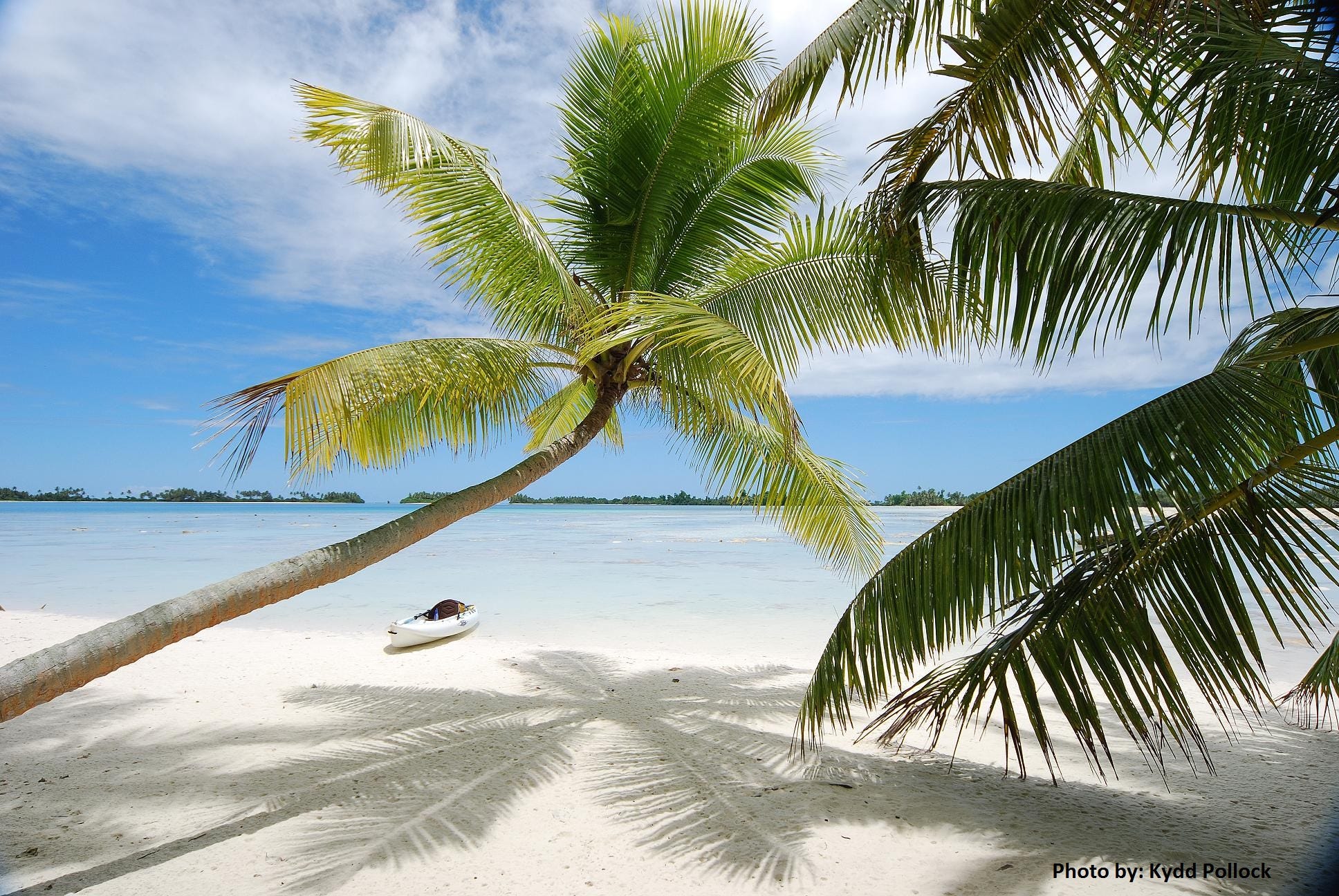
All of these are now unserviceable and overgrown with bushes and grass, and most have washed-away gaps. Most of the roads and causeways there were built during World War II. There is no current economic activity on Palmyra other than paid ecotourism visits and sport fishing by Nature Conservancy donors. For all other purposes, Palmyra is counted as one of the U.S. Fish and Wildlife Service, except for some submerged tracts administered by the Office of Insular Affairs, both in the U.S. Since Palmyra has no state or local government, it is administered directly from Honolulu by the U.S. The rest of Palmyra is federal land and waters under the jurisdiction of the U.S. The southwesternmost islets, including Home, are owned by descendants of former Palmyra owner Henry Ernest Cooper and others. Cooper Island and ten other land parcels in this atoll are owned by The Nature Conservancy, Inc. Palmyra is the only unorganized incorporated territory of the United States. The issue of the governing of Palmyra is generally a moot point, since there is no permanent population remaining there, nor any reason to think that there will be in the future. The only relevant federal law simply gives the President the authority to administer Palmyra as directed, or via the United States District Court for the District of Hawaii (Hawaii Omnibus Act, Pub. Palmyra has no permanent residents however, in 2004 accommodations were built to support a small number of temporary inhabitants. However, since Palmyra is also an unorganized territory, there is no Act of Congress specifying how Palmyra should be governed. Constitution and is permanently under American sovereignty. Palmyra is an incorporated territory of the United States (the only such territory in existence since 1959), meaning that it is subject to all provisions of the U.S. Daytime temperatures average 85 ☏ (29 ☌) year round. ClimateĪverage annual rainfall is approximately 175 in (4,400 mm) per year. The northern arch of islets is formed by Strawn Island, Cooper Island (or Cooper-Meng Island since former Cooper and Meng Islands were joined in 1940), Aviation Island, Quail Island, Whippoorwill Island, followed in the east by Eastern Island, Papala Island and Pelican Island, and in the south by Bird Island, Holei Island, Engineer Island, Tanager Island, Marine Island, Kaula Island, Paradise Island, the Home Islets and Sand Island (clockwise).

The largest island is Cooper Island in the north, followed by Kaula Island in the south. Sand Island and the two Home Islets in the west and Barren Island in the east are not. The islets of the atoll are mostly connected. The atoll consists of an extensive reef, two shallow lagoons, and some 50 sand and reef-rock islets and bars covered with vegetation-mostly Coconut palms, Scaevola, and tall Pisonia trees.


 0 kommentar(er)
0 kommentar(er)
